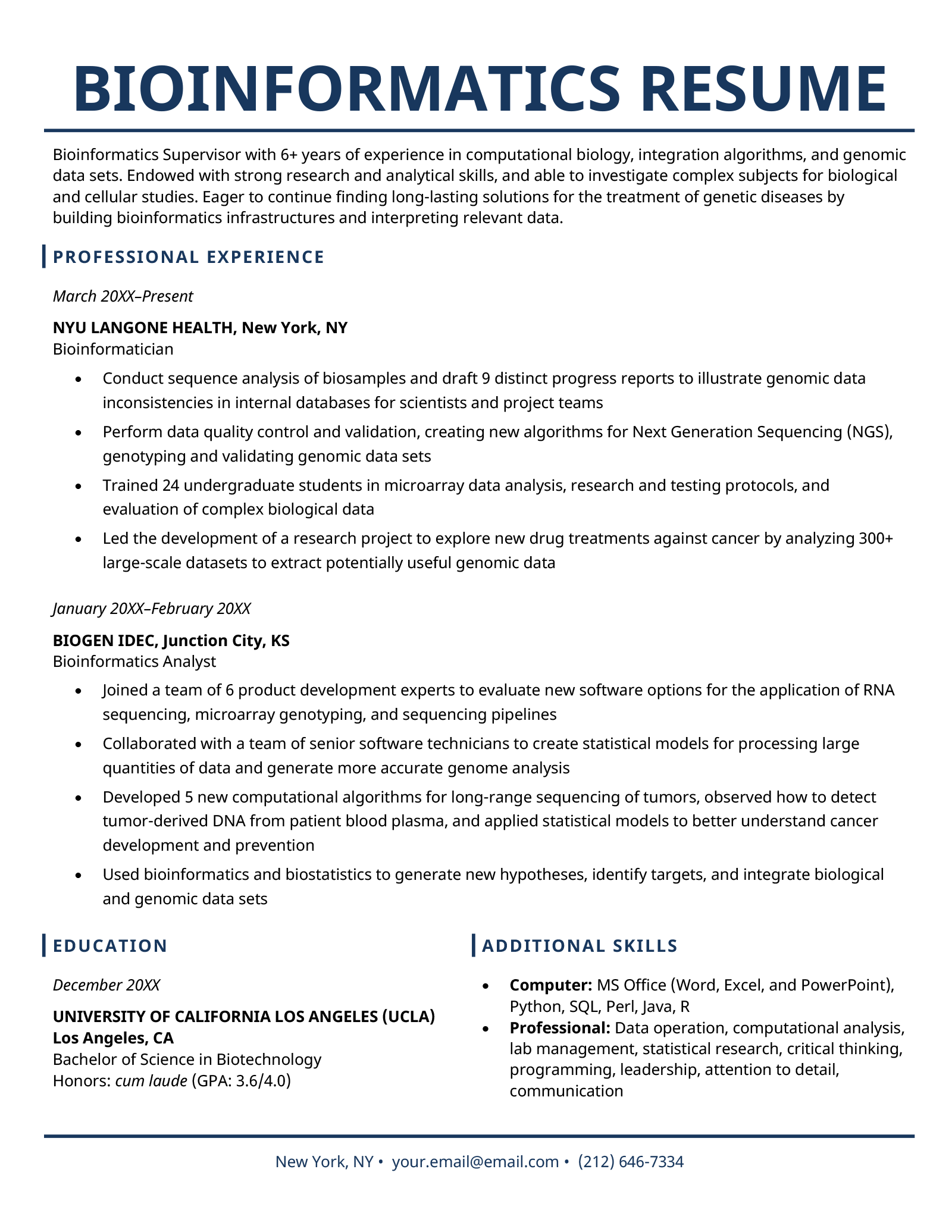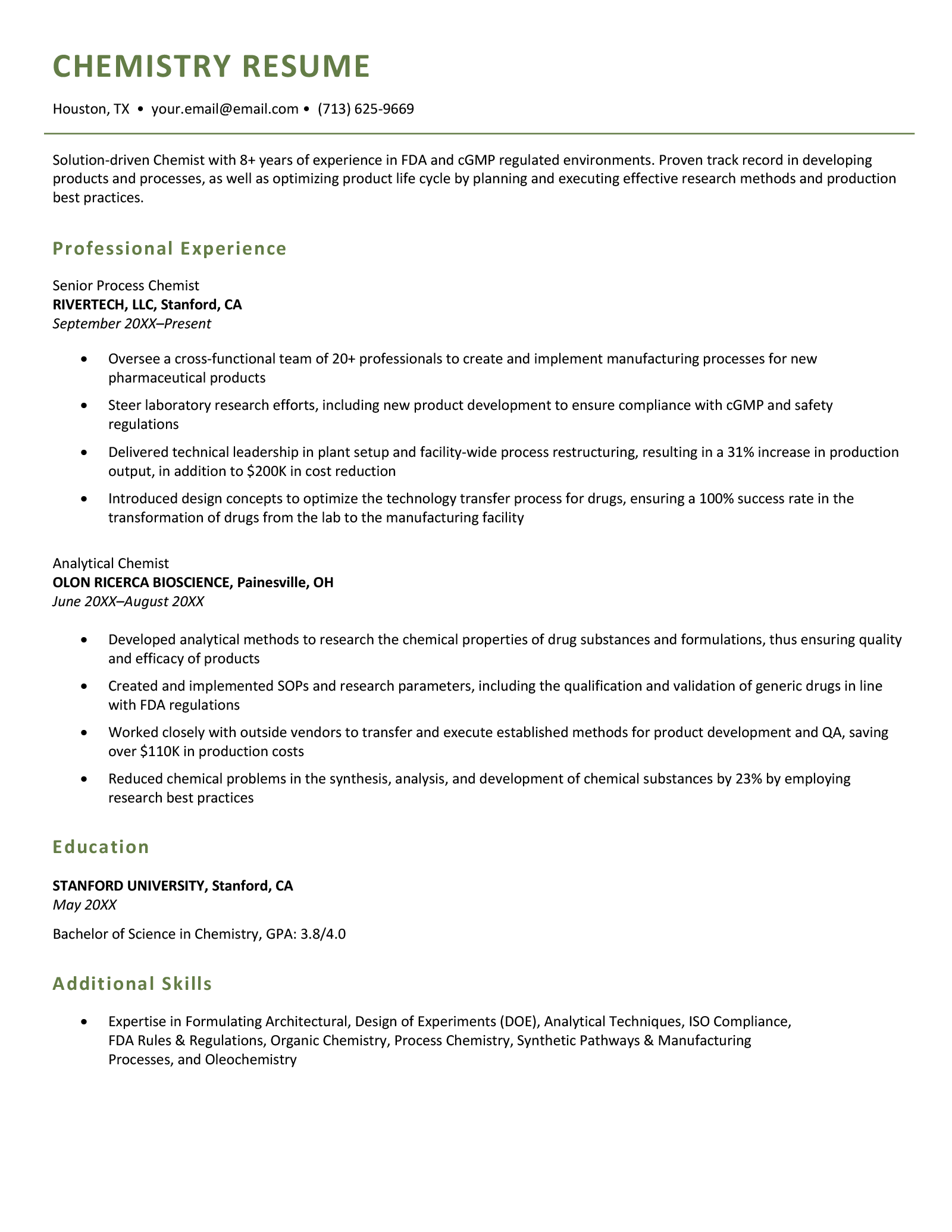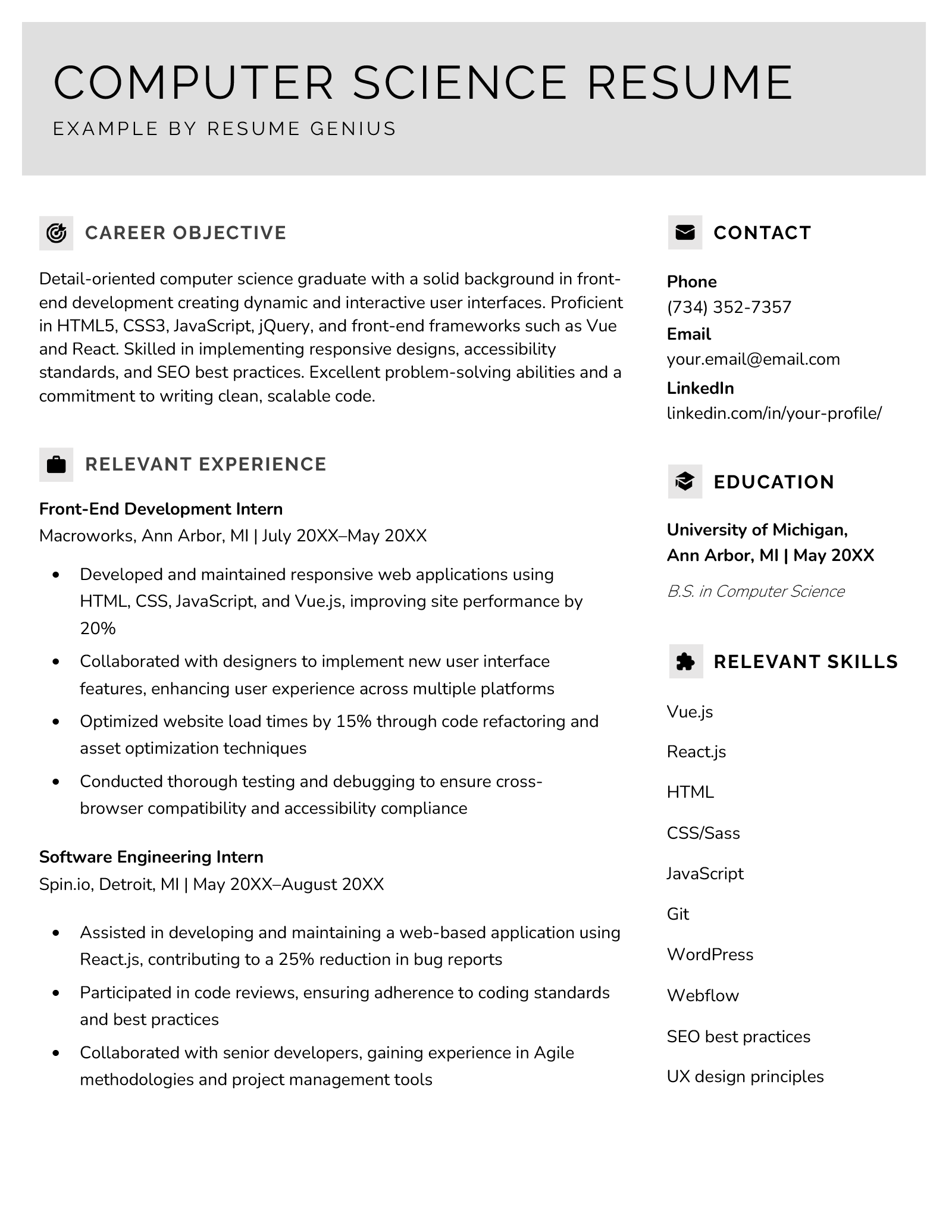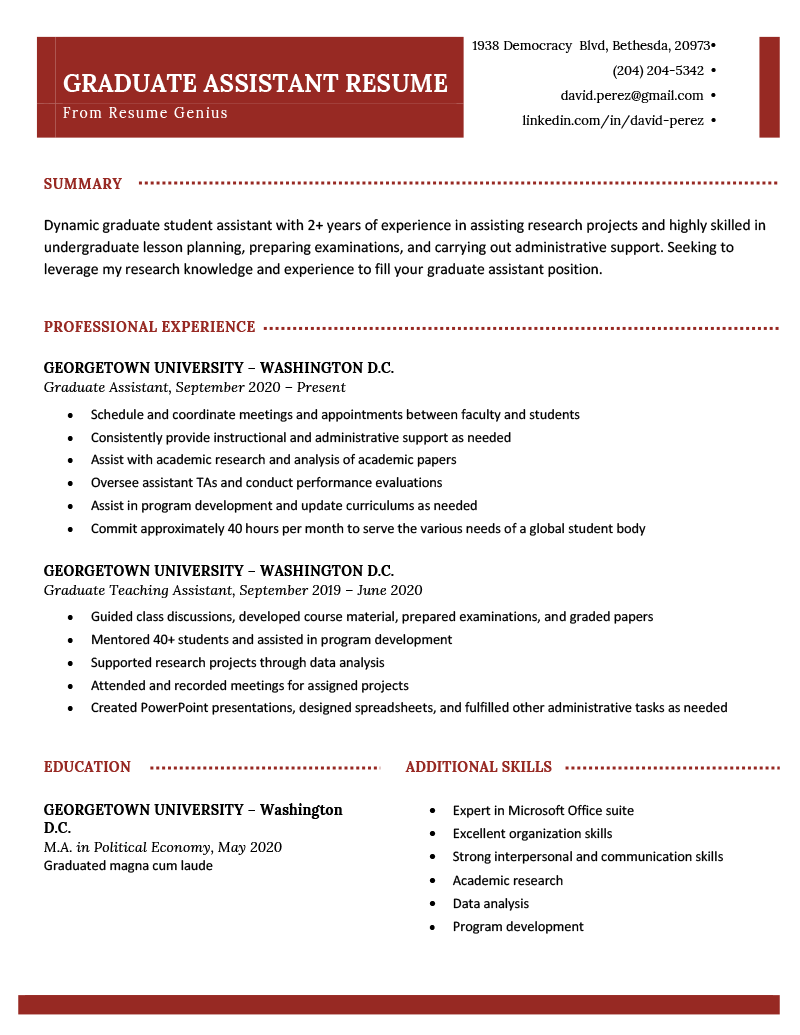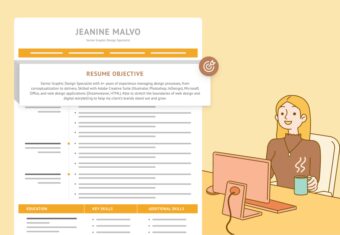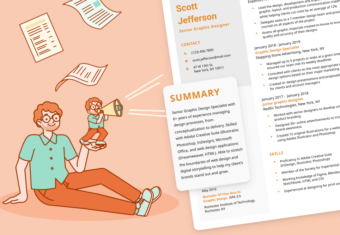Bioinformatics Resume Template (Text Format)
FIRST AND LAST NAME
Email: your.email@email.com
Phone: (123) 456-7891
Address: Street, City, State
LinkedIn: linkedin.com/in/yourprofile
Resume Summary
Bioinformatics Supervisor with 6 years of experience in computational biology, integration algorithms, and genomic data sets. Endowed with strong research and analytical skills, and able to investigate complex subjects for biological and cellular studies. Eager to continue finding long-lasting solutions for the treatment of genetic diseases by building bioinformatics infrastructures and interpreting relevant data.
Professional Experience
March 2018–Present
NYU Langone Health, New York, NY
Bioinformatician
- Conduct sequence analysis of biosamples and draft 9 distinct progress reports to illustrate genomic data inconsistencies in internal databases for scientists and project teams
- Perform data quality control and validation, creating new algorithms for Next Generation Sequencing (NGS), genotyping and validating genomic data sets
- Trained 24 undergraduate students in microarray data analysis, research and testing protocols, and evaluation of complex biological data
- Led the development of a research project to explore new drug treatments against cancer by analyzing 300+ large-scale datasets to extract potentially useful genomic data
January 2016–February 2018
Biogen IDEC, Junction City, KS
Bioinformatics Analyst
- Joined a team of 6 product development experts to evaluate new software options for the application of RNA sequencing, microarray genotyping, and sequencing pipelines
- Collaborated with a team of senior software technicians to create statistical models for processing large quantities of data and generate more accurate genome analysis
- Developed 5 new computational algorithms for long-range sequencing of tumors, observed how to detect tumor-derived DNA from patient blood plasma, and applied statistical models to better understand cancer development and prevention
- Used bioinformatics and biostatistics to generate new hypotheses, identify targets, and integrate biological and genomic data sets
Education
December 2015
University of California Los Angeles (UCLA)
Los Angeles, CA
Bachelor of Science in Biotechnology
Honors: cum laude (GPA: 3.6/4.0)
Additional Skills
- Computer: MS Office (Word, Excel, and PowerPoint), Python, SQL, Perl, Java, R
- Professional: Data operation, computational analysis, lab management, statistical research, critical thinking, programming, leadership, attention to detail, communication


